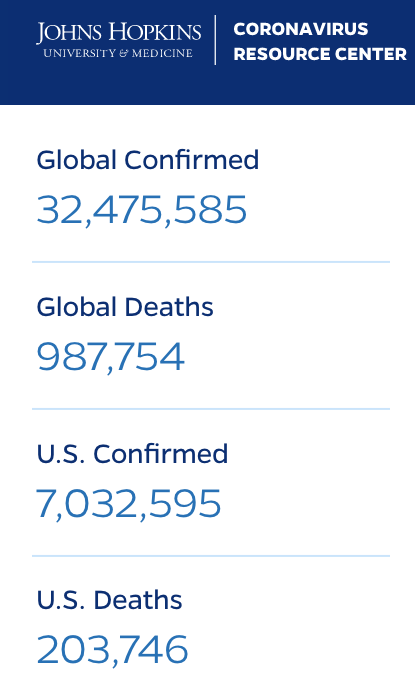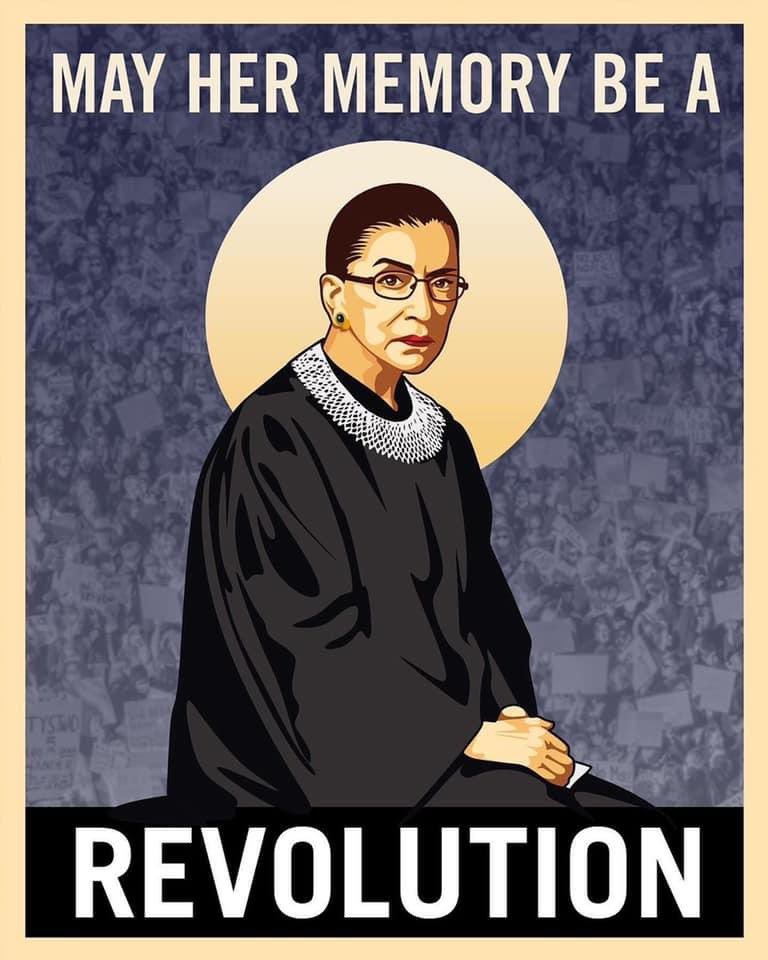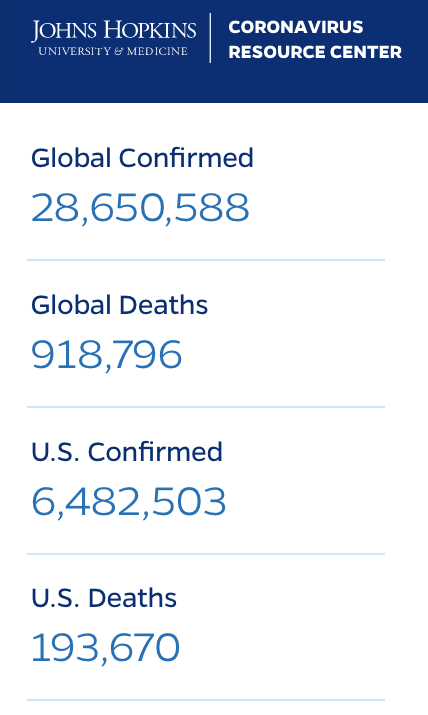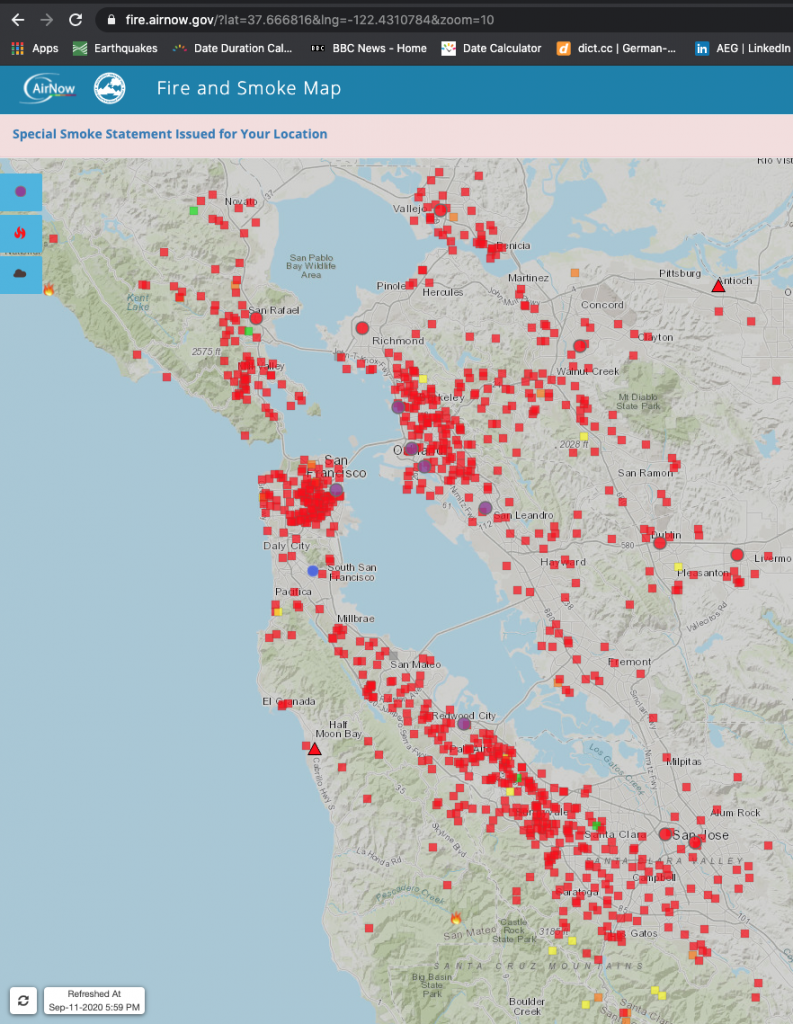
The United States’ death toll is now being casually measured in other disasters, like how many September 11, 2001 death tolls occur EACH WEEK.
This truly is world-changing. The lost people alone are world-changing – history will run a different course than it would have if they were here… Also, the esteem in which New Zealand, South Korea, and Taiwan are held has truly risen quite dramatically. (Good for them! I’m jealous of their leadership!)
It is difficult to resume anything near normal life, in part because of the feeling that your safety depends on the least considerate people around you. Yes 90%+ of the people I encounter on my once to twice a week essential supply runs are wearing masks and keeping respectful distances from each other, but the ones that are blathering away on their phones without a mask, chain smoking on the sidewalk without a mask (pretend it is for fire safety), or merely averting their eyes while walking past without a mask – as if I can’t see them if they don’t look at me? – are there. We’re outside, and the odds are in my favor, but they are negative advertising for any optional indoor activities.
The UK press articles I’ve read are wavering a bit on how we SHOULD be living right now. (One is based in the UK, where a dramatic case spike is causing the anti-restriction government to impose restrictions.) For officials and news writers, is difficult to write about what death tolls are “acceptable” without sounding terrible. (There is a very tidy venn diagram of people who are willing to sacrifice entire categories of people for the economy and people who are terrible. ) It is baffling (and upsetting) to look at photos of partying crowds in known infection hot spots.
There is too little progress on improving our treatment of essential workers.
I’m hoping to be lucky enough to live through this, but also fear that this will be “the new normal” for far too long.





